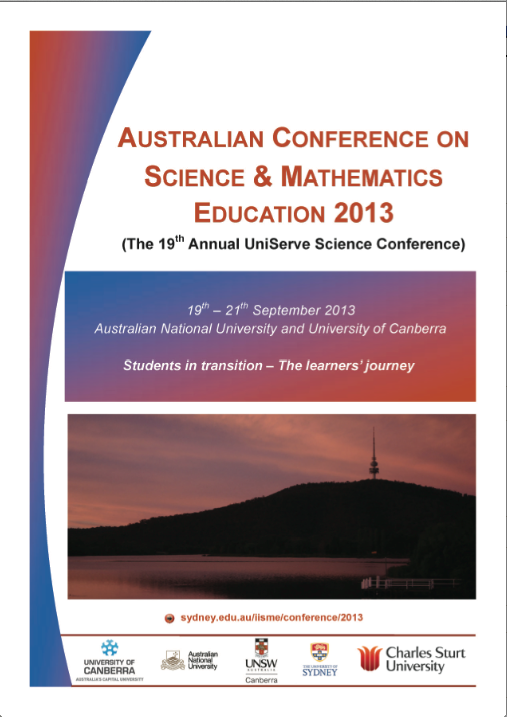Translating a context-based life sciences learning model to undergraduate nursing education in the biosciences
Abstract
A context-based learning model, originally developed for the life sciences sub-discipline of microbiology, has been successfully translated to bioscience subjects in the undergraduate nursing degree. As a consequence, the lecture classroom and teaching approaches have been transformed completely. Stand-and-deliver, content-heavy didactic presentations have been replaced by a fresh, innovative approach, incorporating interactive classroom discussions, Q&A, role play, critical thinking activities and case studies, based on real-world professional practice. Students are not only more effectively connecting with the material being presented, they are constructing their knowledge and understanding in settings that both inform and entertain. The whole-of-subject approach that the teaching team has deliberately adopted ensures a coherent pathway of learning. An important part of this approach is peer review of teaching where senior teaching team members mentor early career academics on the teaching team to the benefit of both and, of course, promote better student learning outcomes via collaborative teaching reflective practices that seek to continually improve our offerings. An innovative feature of the model lies with the learning resources. Gone are the seemingly endless pages of “bare-bones” dot-pointed facts and data which characterize much of the higher education scientific teaching approach and that do little to connect classroom teaching and learning with recommended readings, follow-up tutorials or self-assessment. In our model, the ubiquitous set of “lecture notes” has been replaced by a more comprehensive learning resource incorporating features such as: (i) expected learning outcomes of each topic clearly articulated, (ii) learning concepts presented in a much more descriptive and informative way, (iii) annotations to allow for follow-up with reference textbook citations, thus promoting self-directed learning and (iv) formative assessment questions for self-reflection and follow-up in tutorial classes, where needed. The model has been evaluated by using university-based online and teacher-based hardcopy written surveys and anecdotal evidences. Evaluations of teacher performance have registered a dramatic increase in student satisfaction in the Bioscience subjects where this approach has been implemented. Written and verbal feedback indicated that most students value our new approach and see it as most positively contributing to better learning outcomes and classroom engagement. Our paper provides a detailed description of the model, rationales for its introduction, evaluated success of its translation to an undergraduate nursing education context and discusses the value of peer mentoring and peer review of teaching as part of reflective practices.Downloads
Published
2013-09-24
Issue
Section
Abstracts
